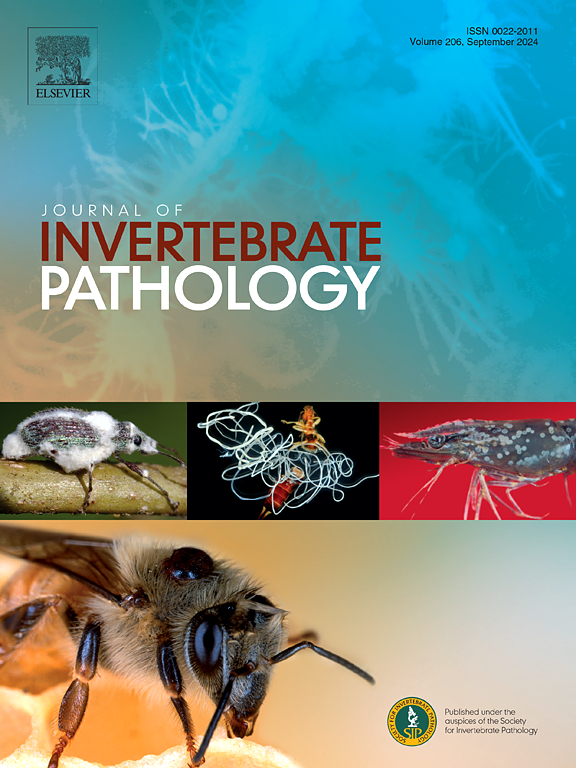Novel contribution to the taxonomy and molecular phylogeny of scuticociliates (Protozoa): Resolving the non-monophyly of the genus Paranophrys Thompson and Berger, 1965 and the establishment of the genus Anteparanophrys n. gen.
IF 3.6
3区 生物学
Q1 ZOOLOGY
引用次数: 0
Abstract
During a field survey of parasitic ciliates diversity in South Korea, a scuticociliate was found in a water sample collected during scuba diving. At first glance, the species looks similar to members of the genus Paranophrys especially P. magna but they differ mainly in the body size and the number of somatic kineties. Thus, integrative taxonomic approaches (i.e., silver impregnations, scanning electron microscopy, and molecular phylogeny) were applied and confirmed that the isolate is a new species. Detailed comparison between the new species and the three members of the genus Paranophrys revealed that the new species is similar to P. magna in having membranelle 1 slightly shorter than membranelle 2 and the monokinetids are randomly scattered between dikinetids within each somatic kinety. On the other hand, membranelle 1 in both P. marina (type species) and P. thompsoni is about three times longer than membranelle 2 and their ciliary rows invariably consist of dikinetids anteriorly and monokinetids posteriorly. Observations on the feeding behavior and habitat suggest that the new species is facultative histophagous. Phylogenetic analyses based on 18S rRNA gene indicate that the new species and P. magna belong to the newly established genus Anteparanophrys n. gen. i.e., Anteparanophrys koreana n. sp. and Anteparanophrys magna (Borror, 1972) n. comb.

对scuticocciates (Protozoa)的分类学和分子系统发育的新贡献:解决了Paranophrys属的非单系性,Thompson and Berger, 1965和Anteparanophrys属的建立。
在韩国对寄生纤毛虫的多样性进行实地调查时,在水肺潜水时收集的水样中发现了一只纤毛虫。乍一看,该物种看起来与Paranophrys属的成员相似,特别是P. magna,但它们的主要区别在于身体大小和身体运动的数量。因此,综合分类方法(即银浸渍、扫描电镜和分子系统发育)证实了该分离物是一个新种。对该新种与该属3个成员的详细比较表明,该新种与P. magna相似,其1号膜略短于2号膜,其单动体在每个体动内随机分布在双动体之间。另一方面,滨海假单胞(模式种)和汤普生假单胞的1号膜比2号膜长约3倍,而且它们的纤毛行总是由前双动体和后单动体组成。对食性和栖地的观察表明该新种为兼性组织食性。基于18S rRNA基因的系统发育分析表明,新种和P. magna属于新建立的Anteparanophrys n. gen,即Anteparanophrys koreana n. sp.和Anteparanophrys magna (Borror, 1972) n. comb。
本文章由计算机程序翻译,如有差异,请以英文原文为准。
求助全文
约1分钟内获得全文
求助全文
来源期刊
CiteScore
6.10
自引率
5.90%
发文量
94
审稿时长
1 months
期刊介绍:
The Journal of Invertebrate Pathology presents original research articles and notes on the induction and pathogenesis of diseases of invertebrates, including the suppression of diseases in beneficial species, and the use of diseases in controlling undesirable species. In addition, the journal publishes the results of physiological, morphological, genetic, immunological and ecological studies as related to the etiologic agents of diseases of invertebrates.
The Journal of Invertebrate Pathology is the adopted journal of the Society for Invertebrate Pathology, and is available to SIP members at a special reduced price.

 求助内容:
求助内容: 应助结果提醒方式:
应助结果提醒方式:


